What it might be like to live on Mars.
NASA revealed what homes on Mars will be like — and we don’t have to wait long.
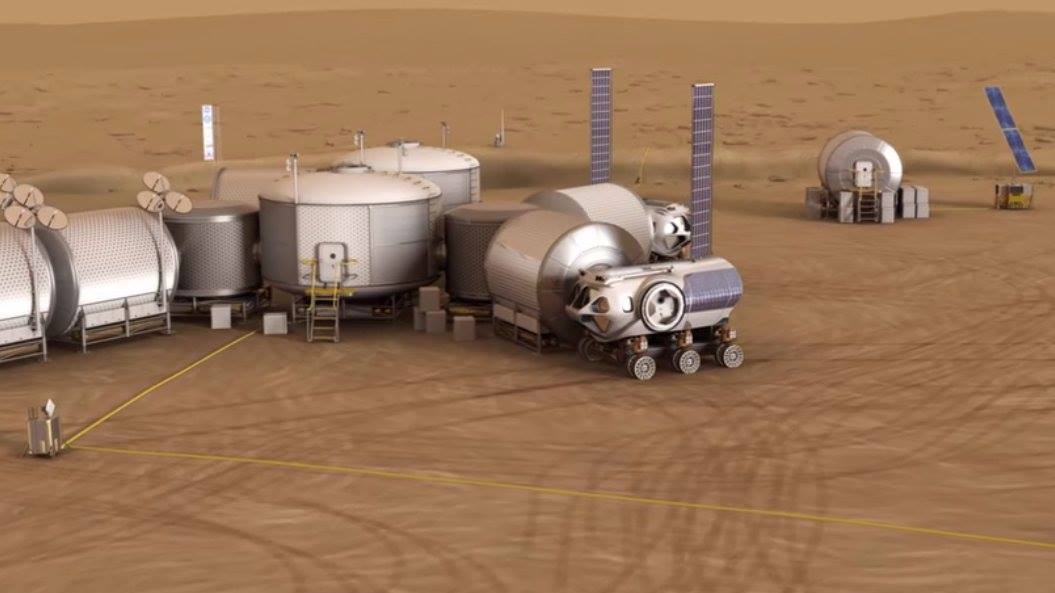
What it might be like to live on Mars.
NASA revealed what homes on Mars will be like — and we don’t have to wait long.
Experience your potential vacation options from your office or home prior to booking.
VR has obvious value when it comes to entertainment. But its best use may lie in tourism.

The late Supreme Court Justice Potter Stewart once said, “Ethics is knowing the difference between what you have a right to do and what is right to do.”
As artificial intelligence (AI) systems become more and more advanced, can the same statement apply to computers?
According to many technology moguls and policymakers, the answer is this: We’re not quite there yet.

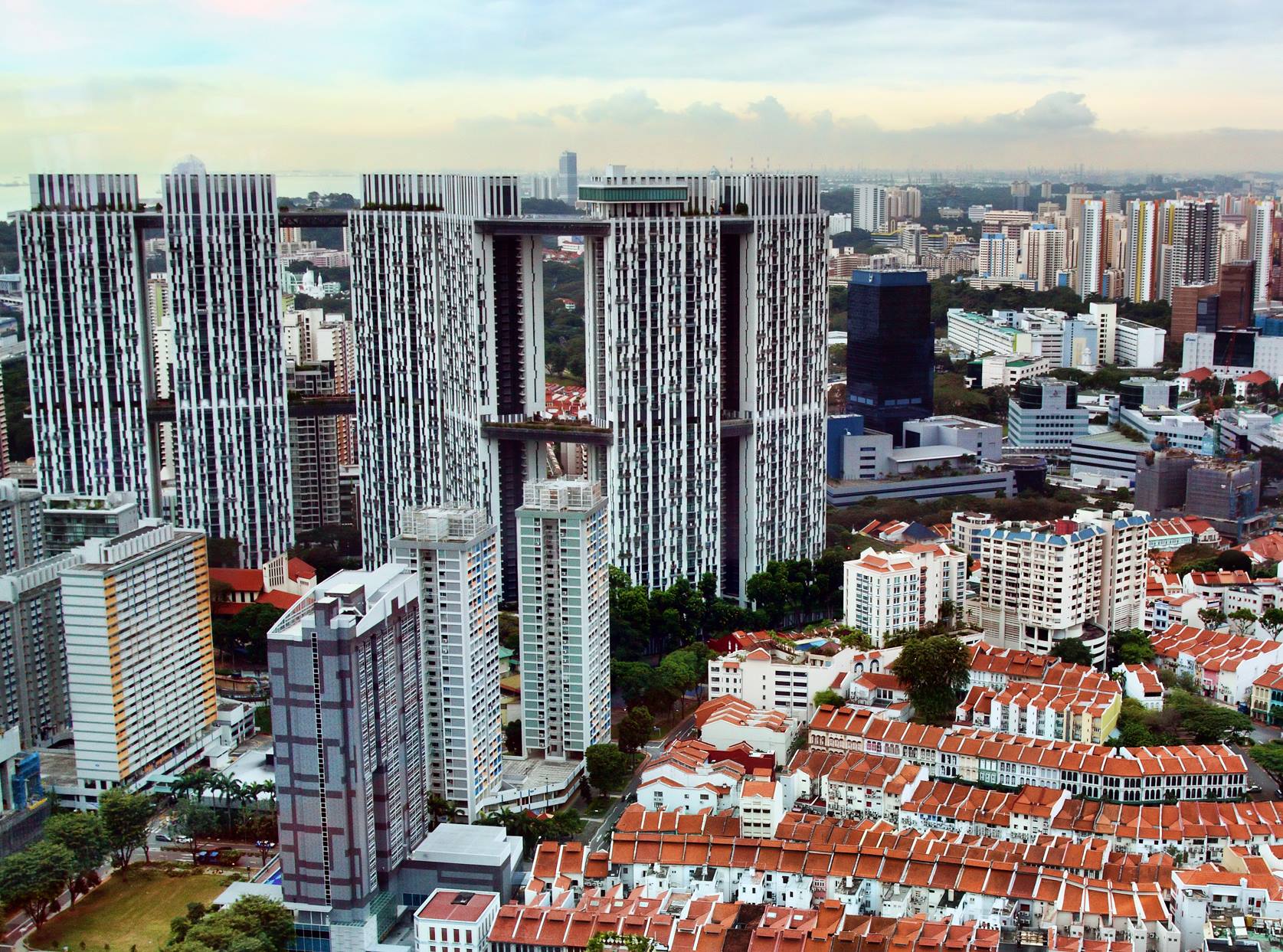
In a world of economic scarcity, public housing has become essential for sheltering our species’ most vulnerable populations. Interestingly, the island city-state of Sinagpore having a unique approach to public housing, with 80% of the resident population living in government buildings and, more than that, the small nation implemented some housing practices that the United States has sometimes been too afraid to tackle when it comes to public housing: socioeconomically integrated public developments. Now, Singapore is moving beyond these important strategies to novel methods of construction, namely 3D printing.
The Singapore Centre for 3D Printing, established with $107.7 million in government and industry funding, is in the process of working with a company to test the feasibility of 3D printing public housing units storey by storey, off-site, before assembling them at their destination. Professor Chua Chee Kai, Executive Director of the Singapore Centre for 3D Printing tells GovInsider, “The idea is to print them maybe a unit at a time. So if you have a 10 storey building, you will probably do one storey at a time. These will be transported to the construction site where they will be stacked up like lego.”
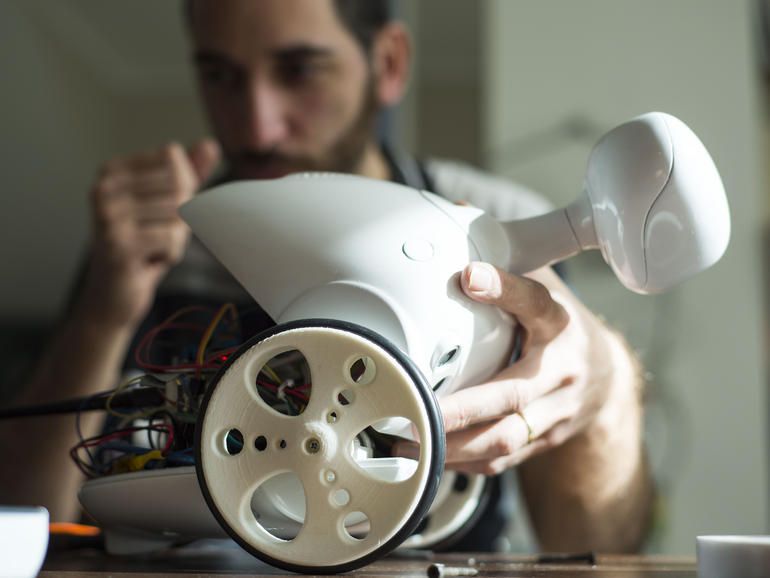
“There’s a reason the only robot a person is likely to have in their home today is a cleaning robot,” founder Shlomo Schwarz tells me during a recent call. “It gives added value to the person. You buy a cleaning robot because it cleans your house. You’re not buying a friend.” — when we say value; how do we know for sure. I know many consumers who bought the iRobot vacuums and don’t use them because for many of the women in my own family found it was limited in its usage.
An Israeli startup is modeling its Linux-based, Raspberry Pi-powered robot on the smartphone developer ecosystem.
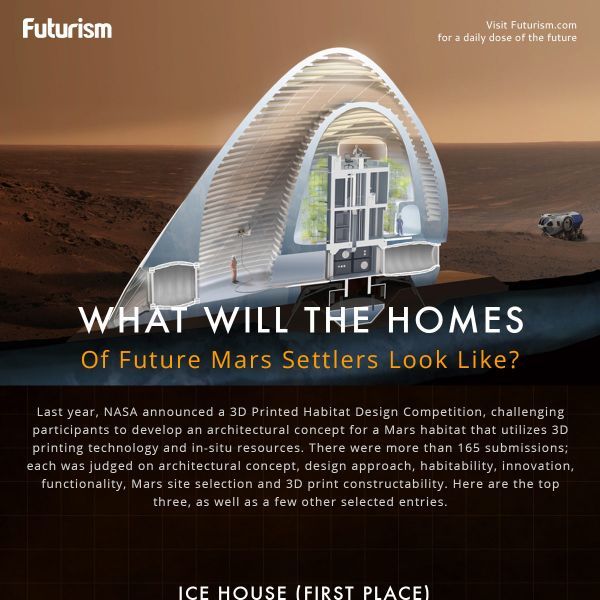
The Red Planet is a hostile, barren world. So if we’re going to live there, we’re going to need to develop a new kind of home.
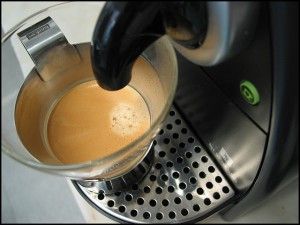
We can just imagine the scenario that spawned this paper: a bunch of microbiologists sitting around the lab coffee machine, looking for a way to procrastinate, and voila…coffee machine microbiome! Here, the researchers not only sampled bacteria from 10 different Nespresso machines, but they also “conducted a dynamic monitoring of the colonization process in a new machine” (charge new lab coffee machine to grant: check). They found that bacteria rapidly colonized the sludge that sits inside the machines, and many of these species were adapted to the high levels of caffeine and other compounds found in coffee. We’d suggest that they study what lives in the office fridge next, but really–not even a microbiologist wants to go there!
The coffee-machine bacteriome: biodiversity and colonisation of the wasted coffee tray leach
“Microbial communities are ubiquitous in both natural and artificial environments. However, microbial diversity is usually reduced under strong selection pressures, such as those present in habitats rich in recalcitrant or toxic compounds displaying antimicrobial properties. Caffeine is a natural alkaloid present in coffee, tea and soft drinks with well-known antibacterial properties. Here we present the first systematic analysis of coffee machine-associated bacteria. We sampled the coffee waste reservoir of ten different Nespresso machines and conducted a dynamic monitoring of the colonization process in a new machine. Our results reveal the existence of a varied bacterial community in all the machines sampled, and a rapid colonisation process of the coffee leach. The community developed from a pioneering pool of enterobacteria and other opportunistic taxa to a mature but still highly variable microbiome rich in coffee-adapted bacteria. The bacterial communities described here, for the first time, are potential drivers of biotechnologically relevant processes including decaffeination and bioremediation.”
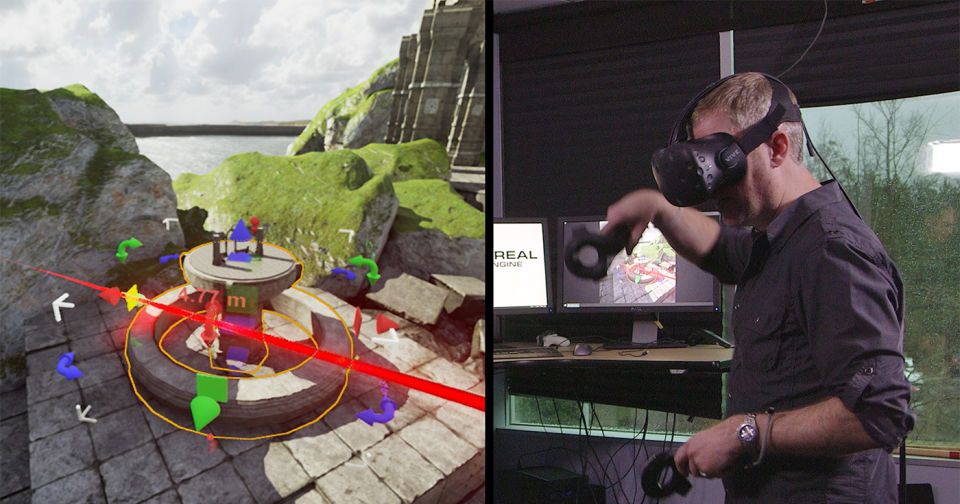
Meet “Unreal Engine”; VR’s friend in VR game creations.
Epic Games has been teasing “the future of VR development” recently, and the team is finally ready to tell everyone what that is: Creating virtual reality content within virtual reality itself, using the full version of its Unreal Engine 4. Epic cofounder Tim Sweeney says that while the company’s been supporting the likes of the Oculus Rift from the outset, the irony is that, up to this point, the experiences we’ve seen so far have been developed using the same tools as traditional video games. “Now you can go into VR, have the entire Unreal editor functioning and do it live,” he says. “It almost gives you god-like powers to manipulate the world.”
So rather than using the same 2D tools (a keyboard, mouse and computer monitor) employed in traditional game development, people making experiences for VR in Unreal can now use a head-mounted display and motion controllers to manipulate objects in a 3D space. “Your brain already knows how to do this stuff because we all have an infinite amount of experience picking up and moving 3D objects,” Sweeney says. “The motions you’d do in the real world, you’d do in the editor and in the way you’d expect to; intuitively.”
Imagine walking around an environment you’re creating in real time, like a carpenter surveying his or her progress while building a house. Looking around, you notice that the pillar you dropped in place earlier is unexpectedly blocking some of the view through a window you just added. Now there isn’t a clear line of sight to the snowcapped mountain on the horizon. Within the VR update for Unreal Engine 4, you can pick the pillar up with your hands and adjust its placement until it’s right.

Moley Chef Robots reappearing again today across the web. These do hold a lot of opportunity for restaurant franchises as well as homes. However, AI in a business has a break even point before the investment is no longer a wise or sound investment.
Always step back and look at the bigger picture 1st (e.g. look at all costs & any risks/ liabilities). Look at initial purchase/ lease costs, any write off/ depreciation opportunities, know your customer & your brand (if your restaurant is because of your master chef then a robot is a line chef which you consider how much your spending on a line chef as well as replacing them v. a robotic chef), know your local food & safety regs. Never good to put in a series of robotic chefs and local ordinances and city committees pass restrictions that forces you to de-install your $60K robot after 1 or 2 yrs.
Moley Robotics is the company behind creating an electronic chef that mimics the hand movements of actual cooks.